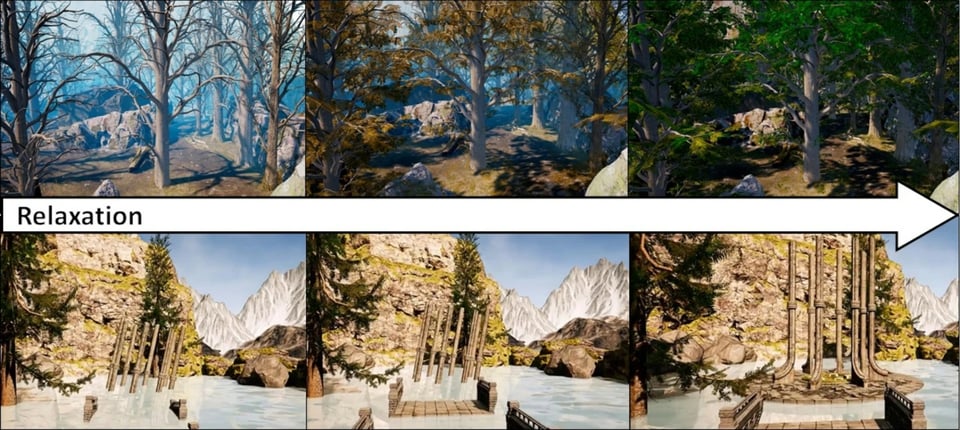Research Roundup (#17)
.png/:/rs=w:1440,h:1440)
Welcome...
Welcome to the seventeenth-ever Research Roundup! A weekly catch-up on the latest developments in the field of XR research.
It’s been a busy week, so let's not hang around.
The Week in 3 (Sentences)
New studies in pain management have looked at the efficacy of VR treatments, with a synthesis of 54 meta-analyses confirming VR effectively distracts from procedural pain, while a randomised controlled trial found 360° VR videos reduced anxiety, pain and procedure times in paediatric surgical patients.
Researchers continued to explore therapeutic interventions with a review of 20 studies revealing positive attitudes toward VR therapy despite low adoption rates, while comparative research found VR biofeedback and traditional 2D approaches equally improved stress symptoms in anxious children.
And finally, applications for rehabilitation continue to evolve with qualitative research supporting a co-created VR physiotherapy prototype for Long COVID patients, while foot visualisation in VR walking exercises improved placement accuracy for youth with neuromotor difficulties.
The Week in 300 (words)
With a distinct healthcare flavour this week we start with the ultimate review of reviews. Often we joke that some areas have more review papers than original research and nowhere does this feel more true than pain management and VR. This week saw the publication of a rather wonderful umbrella review of the 54 already existing meta-analyses. The analysis confirmed that VR is particularly good at managing acute/procedural pain through distraction, compared to standard practice, whilst results are much more limited for chronic pain. It also handily summarises the gaps that exist and where future research is needed. For anyone unfamiliar with the area this is surely the best introduction available at the moment. Let's see how long it lasts until the next review comes out.

Regular readers will know that comparing a VR application with a desktop version doesn't always show an advantage for VR, which was evident again this week with research on VR and biofeedback for stress related disorders. Researchers compared a self-developed treatment game with biofeedback played on either a VR headset or on a 2D screen finding no differences in outcomes. Positively, the intervention still worked leading to reductions in chronic stress amongst other measures. However, the lack of differences between the VR and 2D conditions led the authors to question the necessity of the VR component.
And finally, what's the point of having virtual feet in VR? Well researchers in Switzerland have come up with one rather sensible use. They experimented with either including virtual feet, or not, in an intervention designed to help paediatric patients with neuromotor impairments. The patients took part in a series of tasks designed to develop their walking ability. Patients with virtual feet improved more on certain tasks, but not all of them, suggesting some potential benefits. However, technical challenges in creating the virtual feet would need to be easier to overcome.
Paper of the Week
The paper of the week this week is turned over to an educational application that didn't make the cut. Whilst this week saw a run of healthcare applications, for no reason other than chance, a smart little paper for education also snuck out.
Many gamified VR experiences, based on narratives, have objectives that are self-oriented (tasks are completed to achieve a specific individual reward). Researchers in Germany questioned whether having other-oriented objectives might have different effects.
Participants in their study were tasked at crossing a rope bridge either to find a treasure (self-oriented) or to rescue someone (other-oriented). More broadly they were learning new vocabulary, and had to answer ten multiple choice questions to get across the bridge successfully.
The researchers found that participants focused on rescuing someone also demonstrated more intrinsic motivation, whilst no differences were found with overall learning. Developing intrinsic motivation is no easy task and is therefore still something of note.
As the worlds of gamified learning and VR education continue to blend together it's refreshing to see this level of nuance be explored. As we continue to untangle when VR in education may or may not have positive outcomes I suspect it is studies like this that will eventually provide the keys.